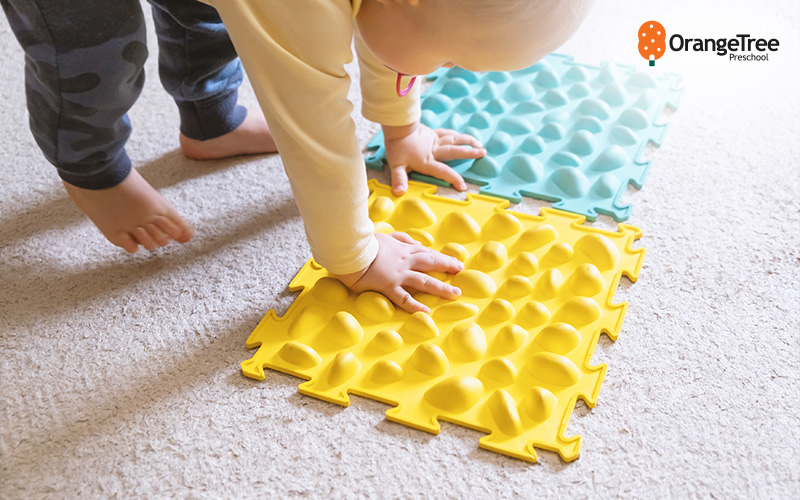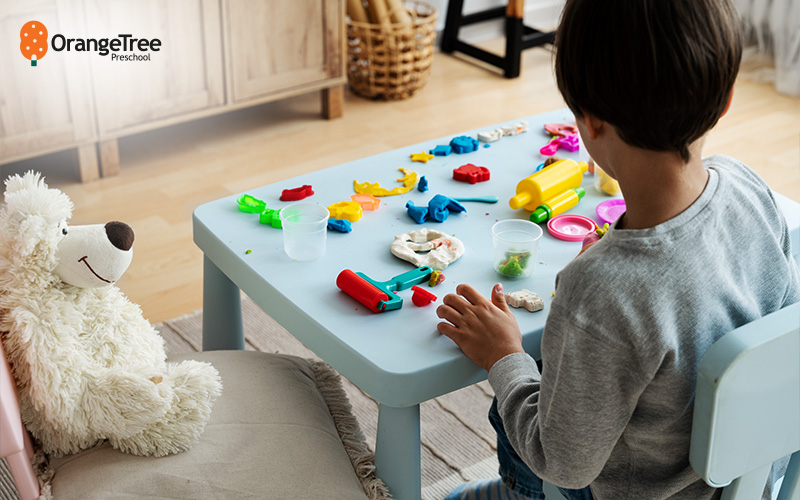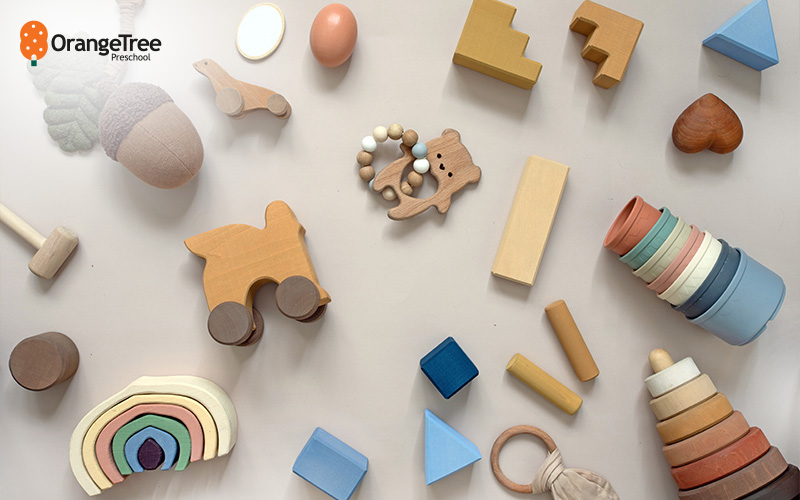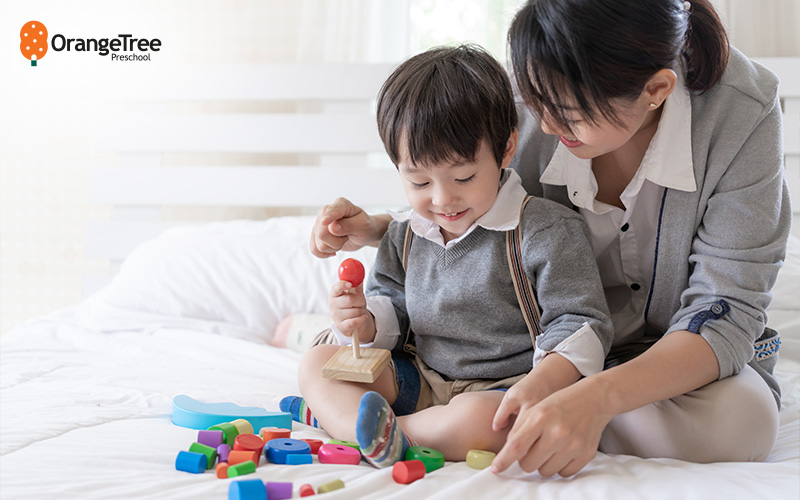
Supporting Your Child’s Growth: The Role of Sensory Activities for Infants and Toddlers in Singapore
04 September 2025
Key Takeaways
- Sensory activities help babies and toddlers develop brain connections, language, and motor skills from an early age.
- You can start sensory play from birth by using simple, age-appropriate materials that can be found at home.
- These experiences support early childhood development and set the foundation for lifelong learning.
Parents are often on the lookout for ways to give their children a strong start in life. While regular classes and enrichment centres are popular options, one of the most powerful learning tools is also one of the simplest: sensory activities. These engaging, hands-on experiences allow infants and toddlers to explore the world through sight, touch, sound, taste, and smell, all whilst building important developmental skills. In this guide, we will take a closer look at the significant role that sensory activities play in your child’s growth.
1. When Can I Start Sensory Activities?

You can begin sensory activities from the day your baby is born. Even newborns are constantly taking in information from their surroundings, like the warmth of a caregiver’s skin, the softness of a muslin blanket, the sound of a familiar voice. These experiences are an important part of early childhood development.
Simple sensory moments such as warm water during bath time, soft fabrics to hold, blowing raspberries on the tummy, or introducing a colourful mobile above the cot can help your baby develop essential skills, including visual tracking, hand-eye coordination, and emotional bonding. As your child grows, they become more active participants, reaching out, exploring, and reacting to different textures, temperatures, and sounds. The more variety they are exposed to (in a safe and gentle way), the more their brain develops neural connections that support learning in later years. This is further supported by preschools with science activities, providing your child with ample opportunities to interact with the world around them.
2. What Equipment Do I Need for Sensory Play?

Many parents think that they need fancy toys or high-tech tools, but in truth, you probably already have most of what you need. Equipment for sensory play can be as simple as what is already in your home. The key is to choose age-appropriate materials and ensure that they are safe for mouthing, touching, and exploring.
Some great starter ideas include:
- Textured fabrics or scarves to crinkle and feel
- Rattles or sensory balls that make sounds or have different textures
- Sensory bottles filled with coloured water, glitter, or beads and firmly sealed
- Water play with a shallow tub and scoops whilst under constant supervision
- Soft musical toys or gentle light projectors for visual and auditory exploration
Always keep safety in mind. Items should be non-toxic and large enough not to pose a choking hazard. For infants who love to mouth objects, avoid anything with loose parts or small beads. Clean items regularly and supervise play to maintain a safe, positive experience.
3. The Role of Sensory Play in Early Development

A child’s brain typically develops rapidly during the first few years of their lives. Sensory activities play a vital role in strengthening brain connections, which support not only physical coordination but also cognitive and emotional growth. Through touching, smelling, listening, and observing, children begin to make sense of the world and how they relate to it.
One powerful benefit is language development. When a caregiver names what the child is experiencing—“This is soft,” “That water is cold,” “Can you hear the music?”—it helps children associate words with sensations and actions. This in turn builds vocabulary and social interaction.
Additionally, children who engage regularly in sensory play are often better able to regulate their emotions and attention, especially in group settings like preschools or childcare centres. That is why many playgroup programmes in Singapore include sensory elements such as sand trays, textured mats, and musical movement classes.
Your child’s early years are full of potential, and sensory activities are one of the most effective ways to support your child’s learning during this time. Starting from birth, simple sensory play using age-appropriate materials can boost your child’s coordination, communication, and curiosity, all of which are key aspects of early childhood development.
Here at Orange Tree Preschool, we understand the importance of sensory-based learning. This is reflected through our hands-on preschool learning, which is a core part of our curriculum designed to stimulate your child’s senses and support holistic growth. We also introduce children to early experiments and nature-based learning, fostering a lifelong love of discovery.
For more information about our facilities and programmes, please schedule a tour with us today.
